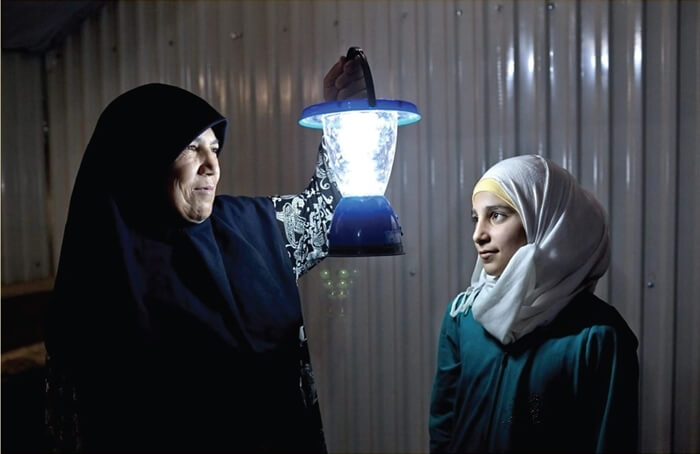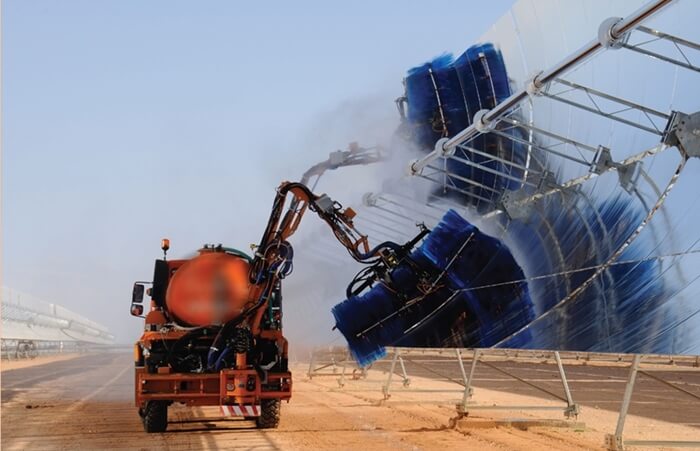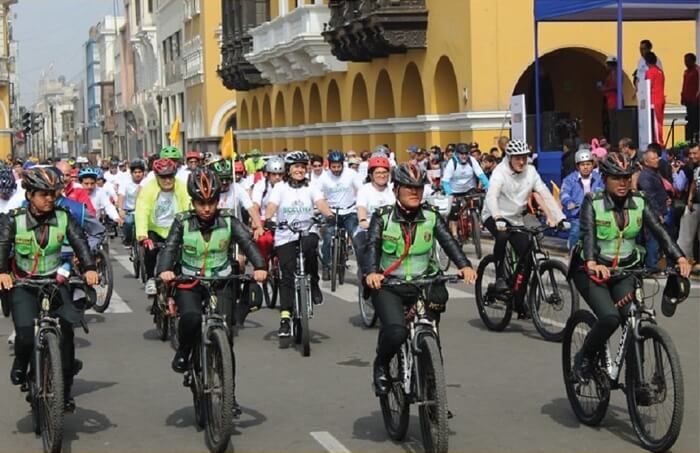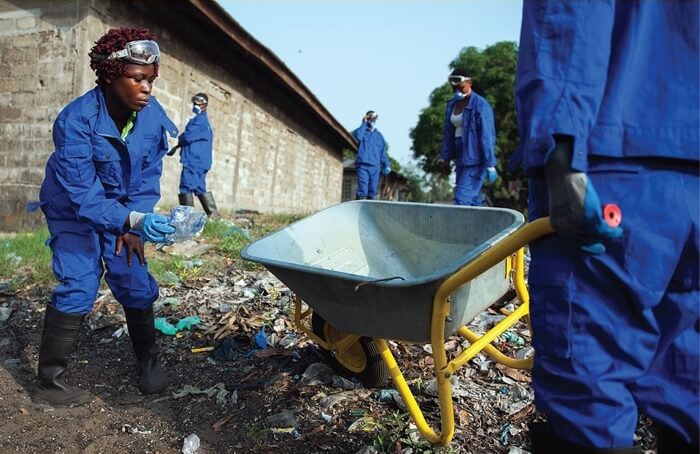Excerpt from bbc.com
The air around me crackles with diamond-like dust with every breath. It is cold, but clear on this mountainside, in the midst of what is essentially an Arctic desert. The extremely dry, freezing air almost instantly turns the fog of moisture from my mouth and nose into tiny, sparkling crystals of ice.
I am standing just below the peak of Zeppelinfjellet, a 556m (1,824ft) mountain on the Brøggerhalvøya peninsula of Spitsbergen in Svalbard, the Norwegian archipelago in the Arctic Ocean. Beneath me is the town of Ny-Ålesund, a tiny settlement with a population of 45 in the depths of winter and up to 150 at the height of the summer. It is the northernmost permanent settlement in the world, situated around 765 miles (1,231km) from the North Pole.
With the mountain rising on one side, and a fjord on the other, it is a breathtakingly beautiful place. It is perhaps also one of the best places on the planet to take a breath – situated far from major sources of pollution in the almost untouched Arctic environment, the air here is some of the cleanest in the world.
The town’s residents are largely scientists who come here precisely for this reason. In 1989, a research station was built on Zeppelinfjellet’s flanks at an altitude of 472m (1,548ft) to help researchers monitor atmospheric pollution. More recently the Zeppelin Observatory, as the research station is called, has become a crucial site for measuring greenhouse gas levels that are driving climate change.
But there are also signs that the air quality here may be changing. Occasionally atmospheric currents carry air from Europe and North America to this part of Svalbard, bringing pollution from these regions with it. Not only are researchers seeing levels of certain pollutants increasing, there are signs of new types of pollution being carried on the wind that are worrying scientists.

Island Innovation is a social enterprise and digital media company at the intersection of sustainable development and communications, offering specialised services across various sectors. We bring together the private sector, government, utilities, NGOs and universities to advance innovation for sustainability and prosperity in islands worldwide.

